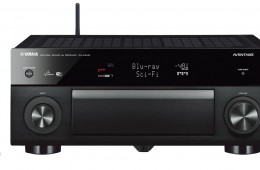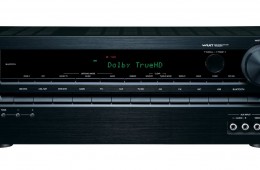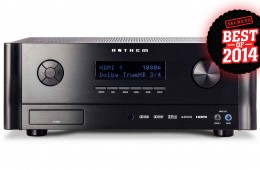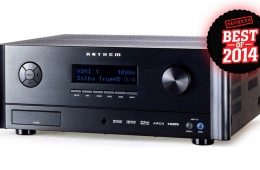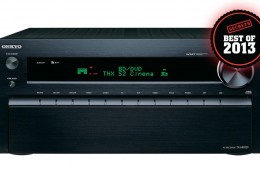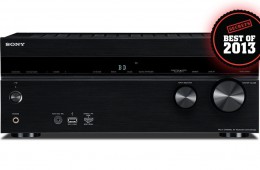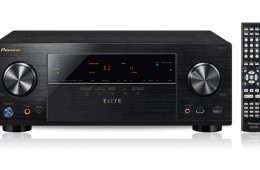Introduction to Receiver Reviews
While a large HDTV can bring your favorite TV show or movie into your living room, you need a cinematic soundstage to fully bring the theater experience to life in your home. Today’s audio/video receivers are at the heart of any home theater system. The receiver connects all the devices in your home theater including your television, Blu-ray and DVD players, cable and satellite boxes, gaming systems, media servers, and even old legacy devices like CD players. Besides offering all that connectivity, the receiver is really multiple components in one. The receiver is first and foremost a pre-amplifier (or pre-amp) which serves to process and decode everything from two-channel stereo up to 11.2 channels of immersive 3-D surround for formats like Dolby Atmos, DTS:X and Auro:3D. The receiver is also responsible for routing the video signals from each source device to your television. While some receivers are still able to handle legacy analog video inputs, the trend is to support the latest HDMI formats with support for HDCP2.2 and 4K UHD video codecs.
The receiver is also a multi-channel amplifier capable of powering a wide range of speaker configurations, from stereo and traditional 5.1 and 7.1 surround systems, up to the latest 11 channel systems with multiple pairs of height channels. The receiver has traditionally included a tuner for AM/FM radio, but todays’ receivers can now include such things as an HD Radio tuner, room correction, multi-media connectivity, multi-room and multi-zone connectivity, and control apps for your favorite phone or tablet.
The receiver market has always been feature rich with new products updated and released every year or two. Receivers are available in all price ranges, from budget minded options to feature-laden flagship models that command big bucks. Our reviews and bench tests cover the full range of receivers and offer insight into product design, setup, operation, the features and functionality that matter most, and of course how the receiver performed and sounded in our home theaters. Our receiver reviews will help you decide which receiver is right for your home theater and your budget.


